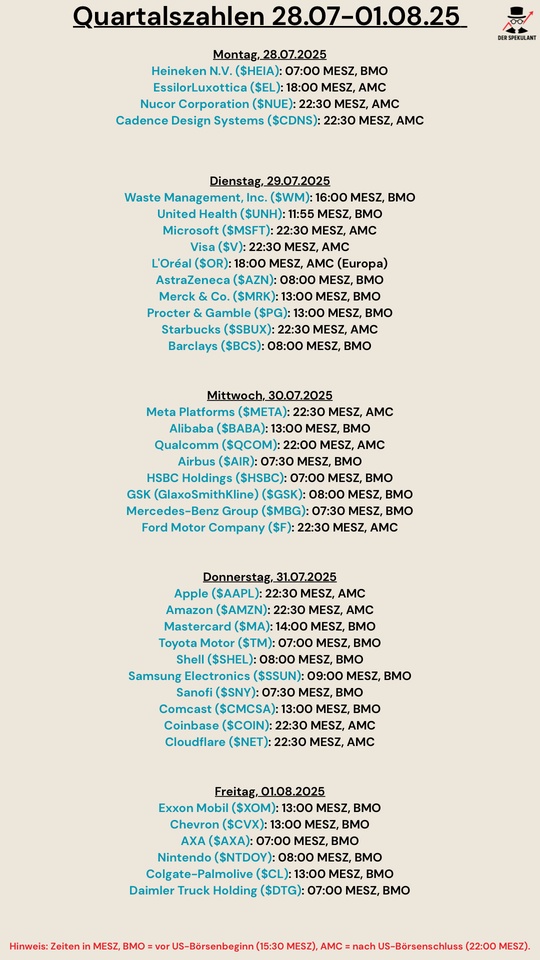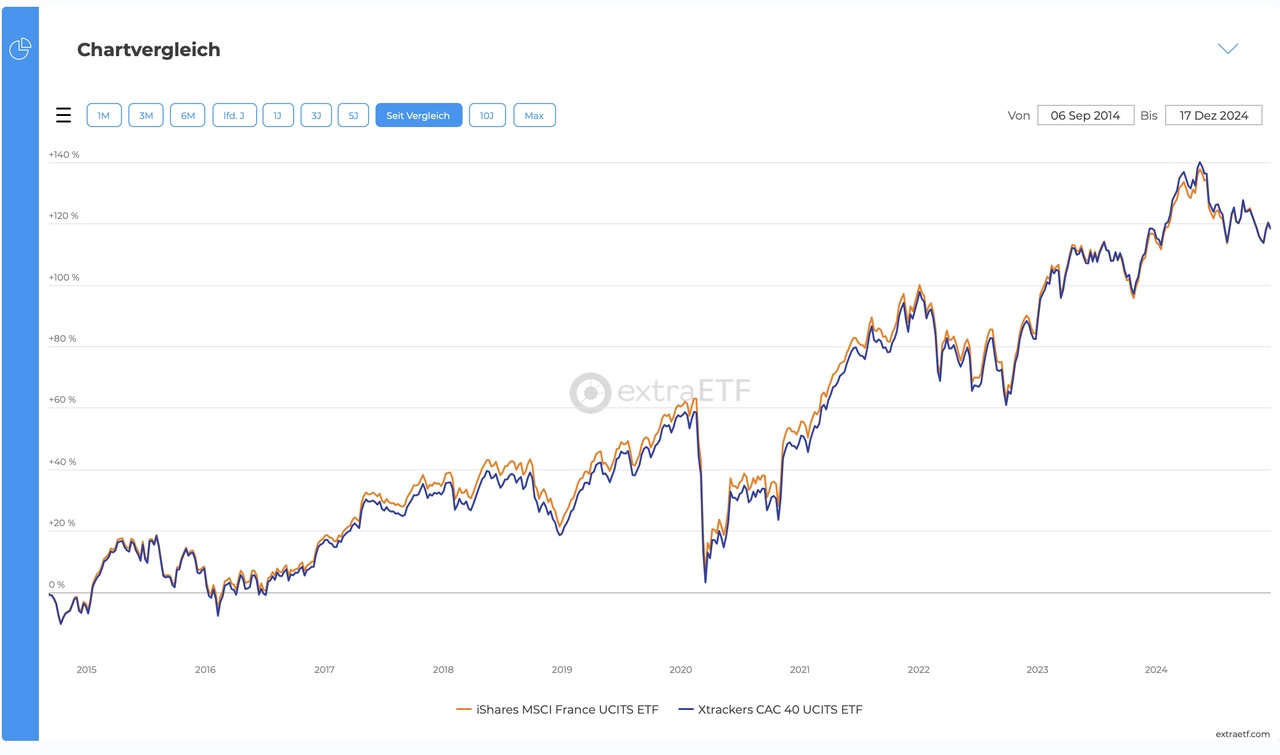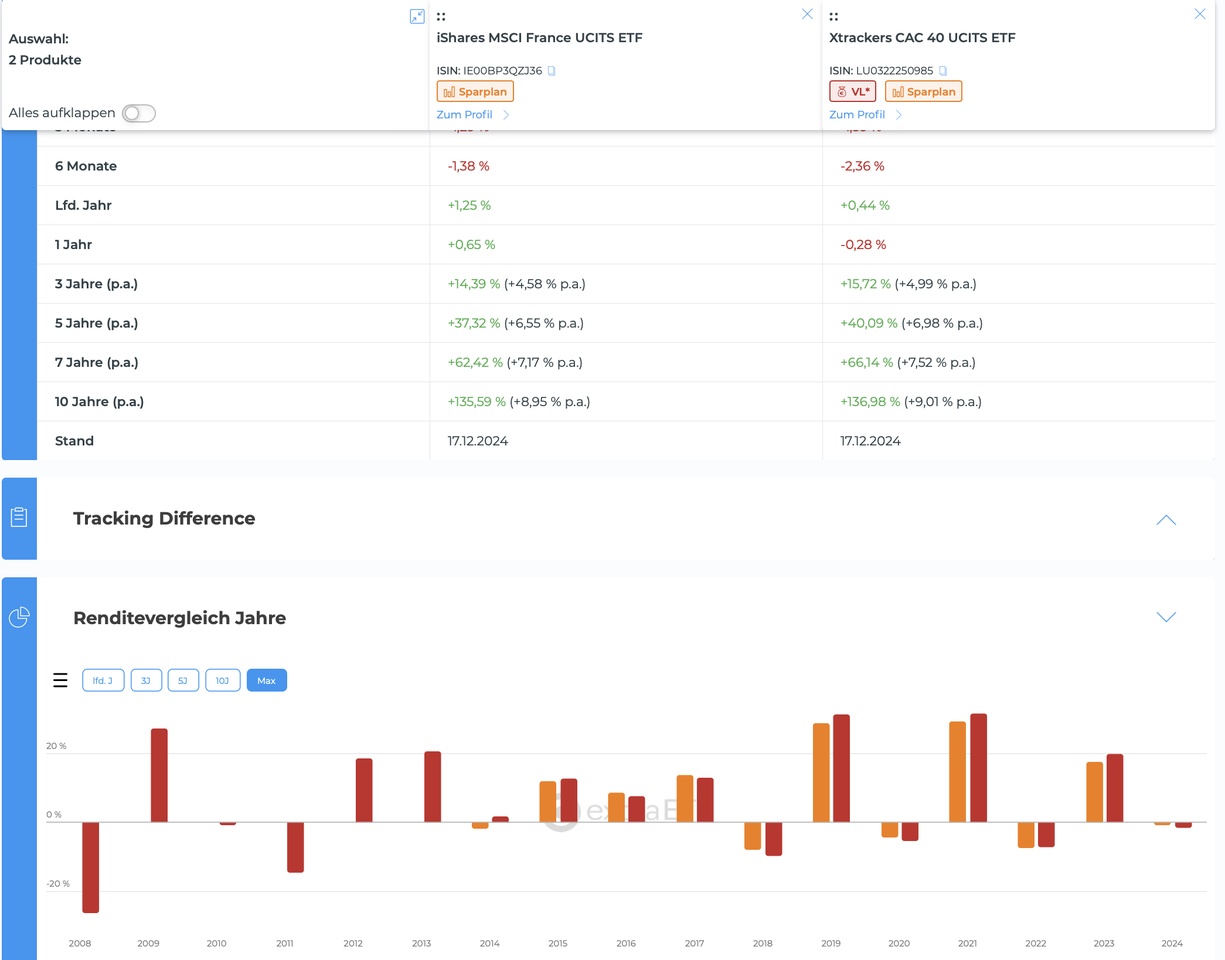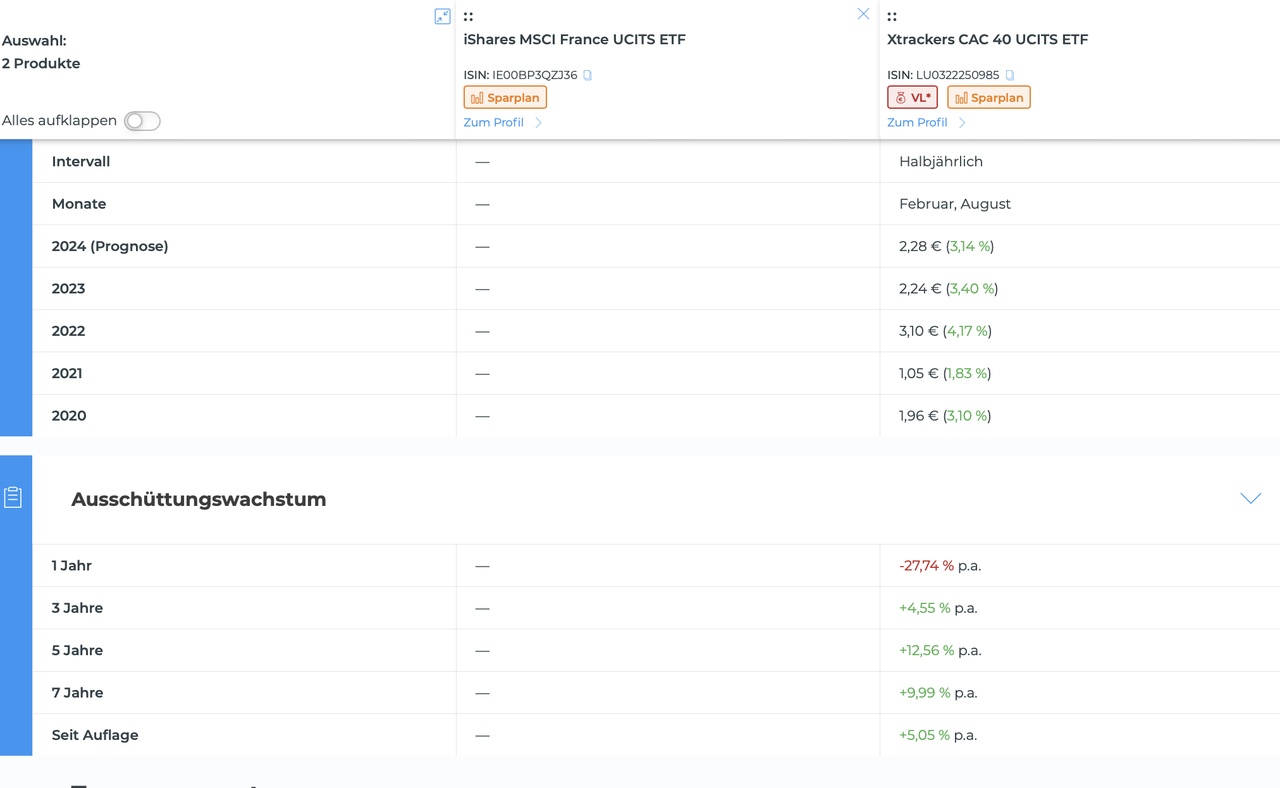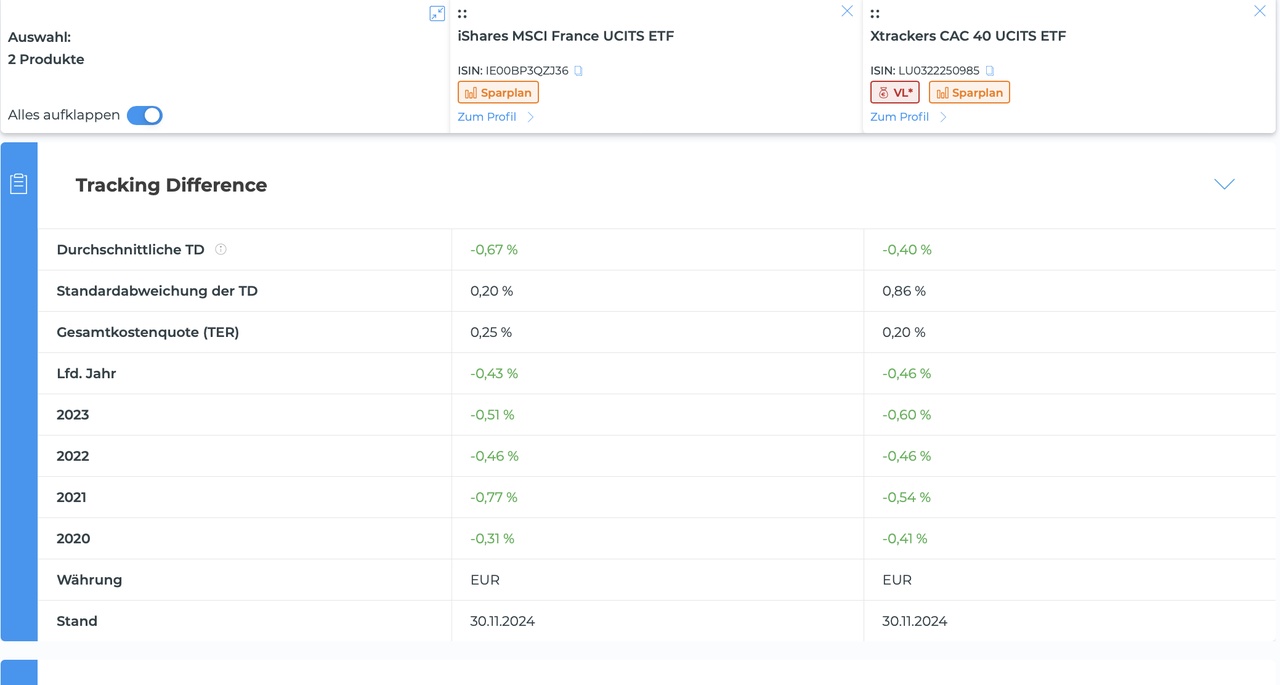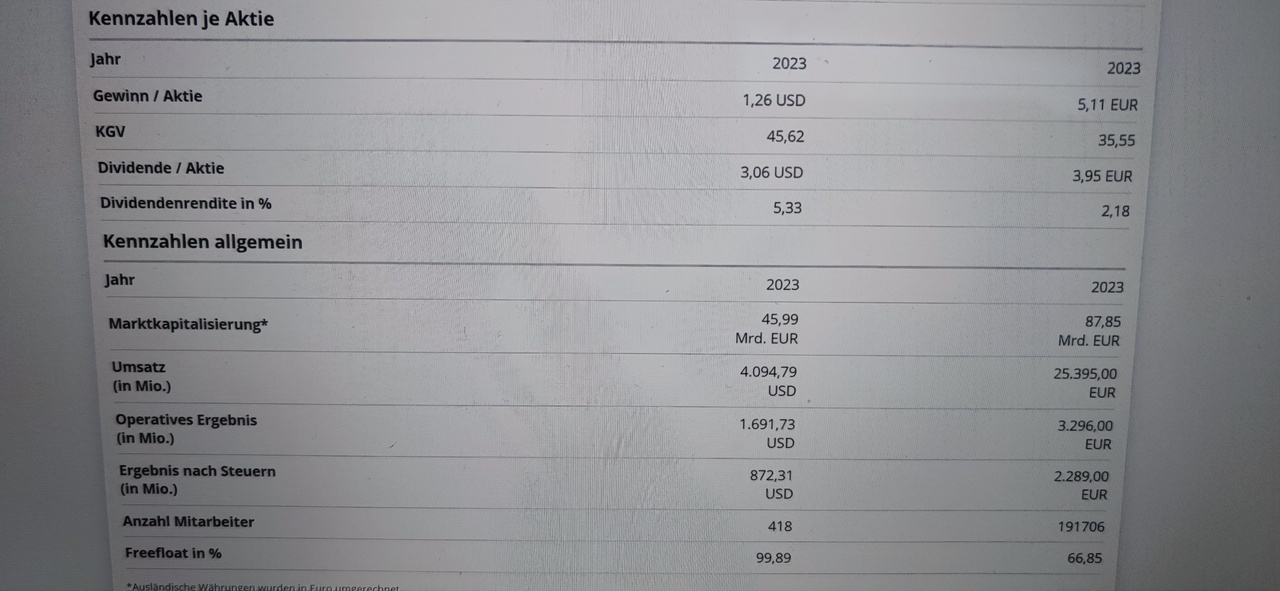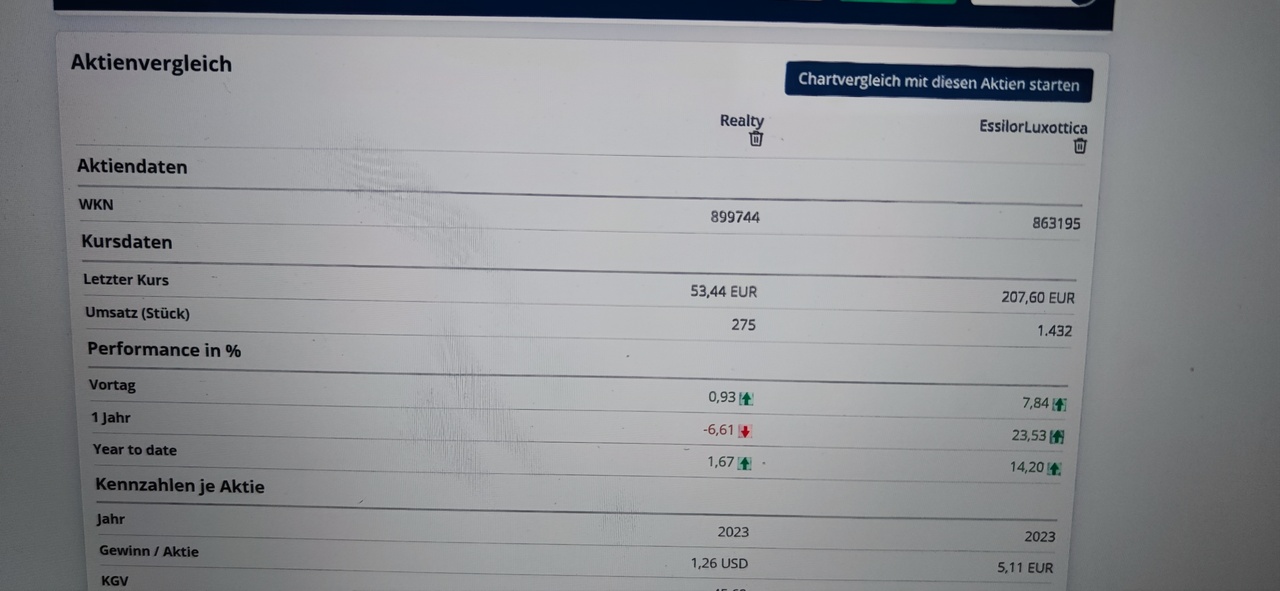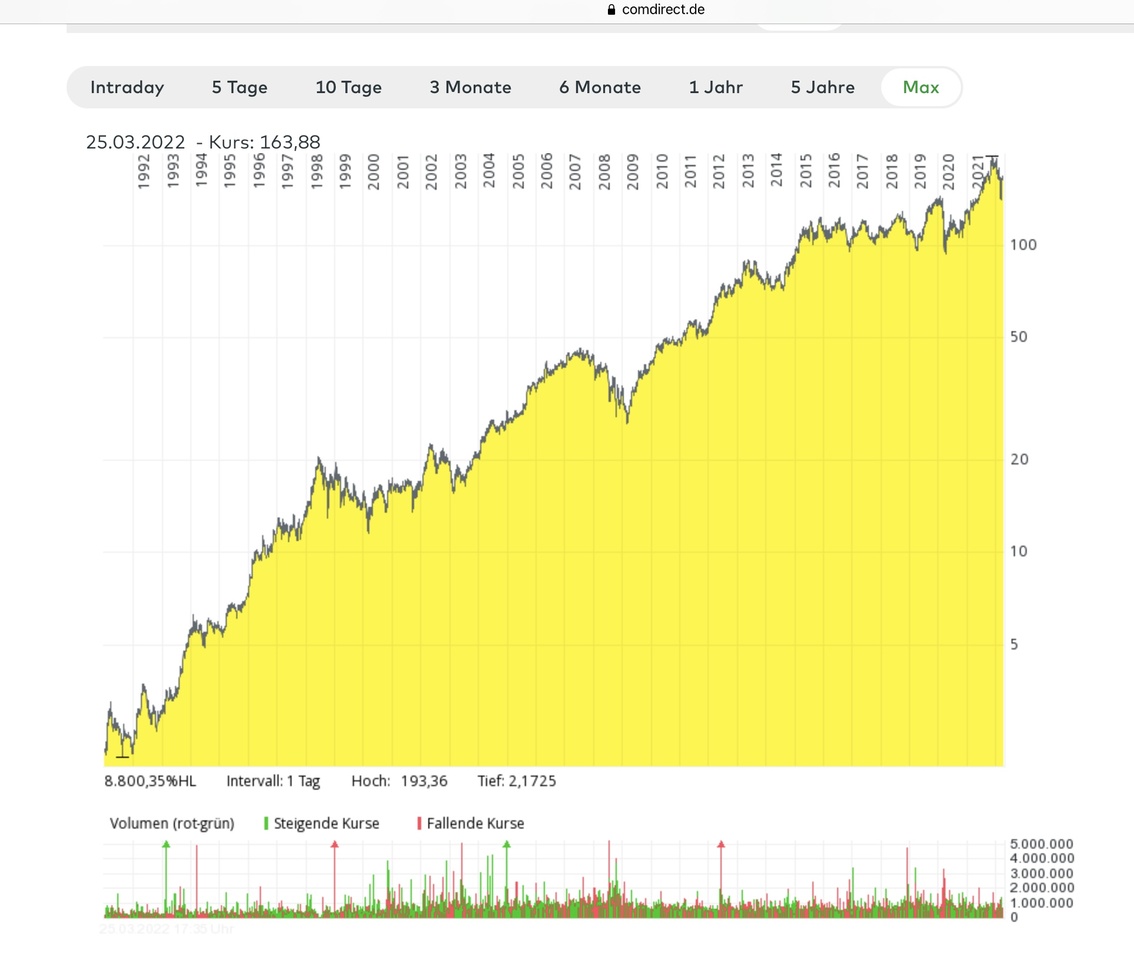Good morning my dears,
This is not meant to be an advertisement, because I am not paid by anyone and I do everything here on a voluntary basis because the community is important to me.
I want to discuss things with you again and your opinion is always very important to me.
So far, these new glasses have been more of a flop. Appel has partially stopped production and things haven't gone so well at Meta either. And Mark's dream of the Metaverse remained a dream.
It was said that "the glasses are clunky, heavy and too expensive"
But Qualcomm, among others $QCOM (-0,18%) and $EL (-1,5%) Luxottica made it possible to eliminate this problem.
The i Phone wasn't an instant hit either.
Based on the latest developments in price, weight and size, how do you see the chances of a breakthrough?
Is there perhaps even a huge market developing here?
And which companies should be able to benefit?
I look forward to your opinions and points of view in the comments.
Thank you, my dears 😘👓🕶️😎🤓🥸
The Viture Pro XR glasses are currently available from Amazon with an 18% discount. Instead of 549.00 euros, the device costs just 448.99 euros. Over 300 sales in the last few weeks and first place in the "3D glasses" category indicate a high level of interest. The deal is limited in time.
The term XR stands for "Extended Reality". This includes AR (augmented reality), VR (virtual reality) and everything in between. With XR glasses, digital content is superimposed directly into the field of vision without you being completely immersed in the real world. This creates a mixture of digital and real life.
Compared to classic VR glasses, which send you completely into virtual worlds, XR glasses such as the Viture Pro allow you to see your surroundings - and add screens or information to them. Smart glasses are also part of augmented reality, but usually only show simple content such as notifications or text. The Viture Pro goes much further: a large display, powerful sound, 3D and even a bit of a movie theater feeling.
The Viture Pro XR glasses are currently available from Amazon with an 18% discount - instead of €549.00, they cost just €448.99. According to Amazon, the device has been ordered over 300 times in the last few weeks. The offer only runs for a short time and can end at any time.
Bestseller no. 1: Are the Viture Pro XR glasses worth it?
The Viture Pro XR glasses are like a portable movie and work screen for your nose. The integrated micro-OLED display projects a virtual image of up to 135 inches, a refresh rate of 120 Hz and a brightness of over 1000 nits - enough to be able to see anything outside. Thanks to the electrochromic film, ambient light can be almost completely blocked out, which significantly improves the viewing experience.
The glasses are connected via USB-C. Many devices are supported - such as iPhone 15 and 16, Android smartphones, MacBooks, PCs, Steam Deck or the Nintendo Switch. With the SpaceWalker app, you can even use multiple virtual screens, play 3D videos or prepare presentations. So if you want, you can work just as well as watch Netflix or play games.
The glasses weigh just 77 grams, come with an aluminum housing and titanium hinges that look robust. Harman is on board for the sound - this ensures surround sound without the surroundings being able to hear. Content is not visible from the outside, which allows for privacy on the train or in a café.
In a nutshell:
Virtual 135-inch Full HD display with 120 Hz and up to 4000 nits peak brightness
Compatible with iPhone 15/16, Android, Mac, PC, Steam Deck, Switch
Electrochromic film blocks almost 100% of ambient light
SpaceWalker app for multi-screen, 3D and productivity tools
Integrated Harman sound, 77 gram weight, full metal housing
The Viture Pro XR glasses are supplied with: the glasses, a USB-C cable, a carrying case and, depending on the version, adapters. They are controlled via small buttons on the temples. If you like to watch series, play games or work on the move, this is a pretty flexible gadget - which is currently also available at a significantly lower price.
https://www.pcgameshardware.de/Amazon-Firma-17639/News/viture-pro-xr-brille-angebot-amazon-135-zoll-display-1475337/
Meta presents smart glasses with sporting ambitions. $META (+0,28%)
More battery life and a new camera: Meta has presented new smart glasses in cooperation with the eyewear brand Oakley. They are not a revolution. But they show the company's aspirations.
The Facebook parent company Meta is preparing to expand its position as the market leader in smart glasses and is extending its collaboration with the eyewear group EssilorLuxottica. The companies have been jointly marketing smart glasses in the Ray-Ban design and brand since 2021. In a blog post on Friday, Meta claims to have sold "millions" of pairs of glasses to date. They now apparently want to build on this success with a new model from the Oakley brand.
(further details can be found under the link)
https://www.spiegel.de/netzwelt/gadgets/oakley-meta-hstn-meta-stellt-smarte-brille-mit-sportlichen-ambitionen-vor-a-0192123f-0fe8-411e-8f7d-c259d83e89ba





